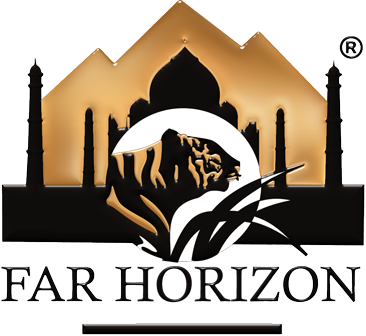Ladakh: Pang to Tso-Moriri Trek
more_vert
-
Duration19 Days
-
Region
-
Category
-
Best Time
- June - September
Introduction
Trek Grade: Easy
Trekking along the Tso Moriri Lake is basically crossing all these fascinating passes, meeting the Changpa tribals of Tibetan stock who are living placidly at their summer settlements and realizing the unique Ladakhi culture which are still untouched with the modern urban life. The Korzok village is located overlooking this magnificent lake at one end, which is also being used as an essential transit on the ancient Silk Route to Tibet.
The trekking of Tso Moriri Lake would start from Pang (4700 mtrs) on the Leh-Manali route which is a simple a stop-over and is nearly mid-way between Manali and Leh. Trekking along this route is considered easy to moderate and would trail over gravel river beds and over the Thelakung la (4980 mtrs) to enter into the beautiful Rupshu Valley. Camping at this region is a divine and exotic feeling all around the untouched Himalayas where wildlife is substantial, including Kiangs (wild asses), Snow Leopards, Shankhoo (Ladakhi wolf), Marmots, Hare, Yaks and many species of migratory birds.
Tour Highlights
- A 19 days adventure with 10 days of trekking through the Changthang region in Ladakh which is part of the Tibetan Plateau driving over the Tanglang La (5,360 meters) and hiking over the Thelakung La (4,980 meters) ending with walking along the blue waters of Tso Moriri high altitude lake
- English speaking trekking guide with camping equipments and personal porterage with ponies for 20 kgs
- Flights Delhi to Leh and back
- English-speaking local guides in Old & New Delhi & Leh with entrance fees at the monuments
- Arrival & Departure transfers with Representative & transport with SUVs in Ladakh
- Prices on request
Destinations Covered
Delhi
The City of GloryDelhi is said to be one of the oldest existing cities in the world, along with Jerusalem and Varanasi. It is the Capital Territory of India and a modern-day citadel that's dotted with ancient monuments.
History and Culture
Legend estimates it to be over 5,000 years old. Over the millennia, Delhi is said to have been built and destroyed 11 times. The oldest alleged incarnation of the city shows up in the Indian mythological epic Mahabharata as Indraprastha.
Leh Ladakh
A land of scenic beauty and creationsPang
The nature on a large scale is the description suitable for Pang, an inducing beauty. On a Leh tour, Pang has an inevitable space because it takes every visitor to a point of bliss in seconds and that’s the reason why it seated on a high place in every traveler’s heart. Pang is the right place to take a break from your journey and refresh your mind with utmost beauty prevailing in the region.
Lhatho
Lhatho Marpo. Lhatho Marpo (or simply Lhatho) is an atmospheric place containing a row of chortens and mendongs (mani walls) located on the high terrace above the Markha river. The place is named after a lhatho ("god's shrine") structure painted with red ochre.
Kyangdom
Kyangdom is one of the ends of Tso-moriri lake. The camp site is grassland which descends into the lake forming a wetland kind of area where migratory birds can be sighted. This is a very picturesque sight with high Himalayan peaks around the crystal clear blue waters of the lake.
Korzok
Karzok or Korzok is a village in the Leh district of Ladakh, India. It is located close to Nyoma, in the Rupshu region and block, on the shores of the Tso Moriri lake. It is among the highest towns in the world and the highest settlement in India.
Detailed Itinerary
- Day 1 Arrive Delhi
- Day 2 Delhi
- Day 3 Fly Delhi – Leh (GoAir Flight # G8-221 Delhi/Leh ETD: 09:10/ETA: 10:30 Hrs.)
- Day 4 Leh
- Day 5 Leh
- Day 6 Leh – Pang (Approx. 109 Miles / 175 Kms / 4.5 hour drive)
- Day 7 Trek To Takstago (4800 Mts)
- Day 8 Takstago – Zozogong (4670 Mts) Over Thelakung La (4980 Mts.)
- Day 9 Zozogong – Phuang (4850 Mts) Trek
- Day 10 Phuang – Manechan (4760 Mts) Trek
- Day 11 Manechan – Lhatho Trek (4680 Mts)
- Day 12 Lhatho – Kyangdom (4550 Mts)
- Day 13 Kyangdom
- Day 14 Kyangdom – Kharlong ( 4630 Mts)
- Day 15 Kharlong – Korzok (4630 Mts
- Day 16 Korzok – Leh (Approx. 131 Miles / 211 Kms / 6 hour drive)
- Day 17 Fly To Delhi (Indigo Flight # 6E-6003 Leh/Delhi ETD: 11:45/ETA: 13:20 Hrs.)
- Day 18 Delhi
- Day 19 Delhi & Departure
















